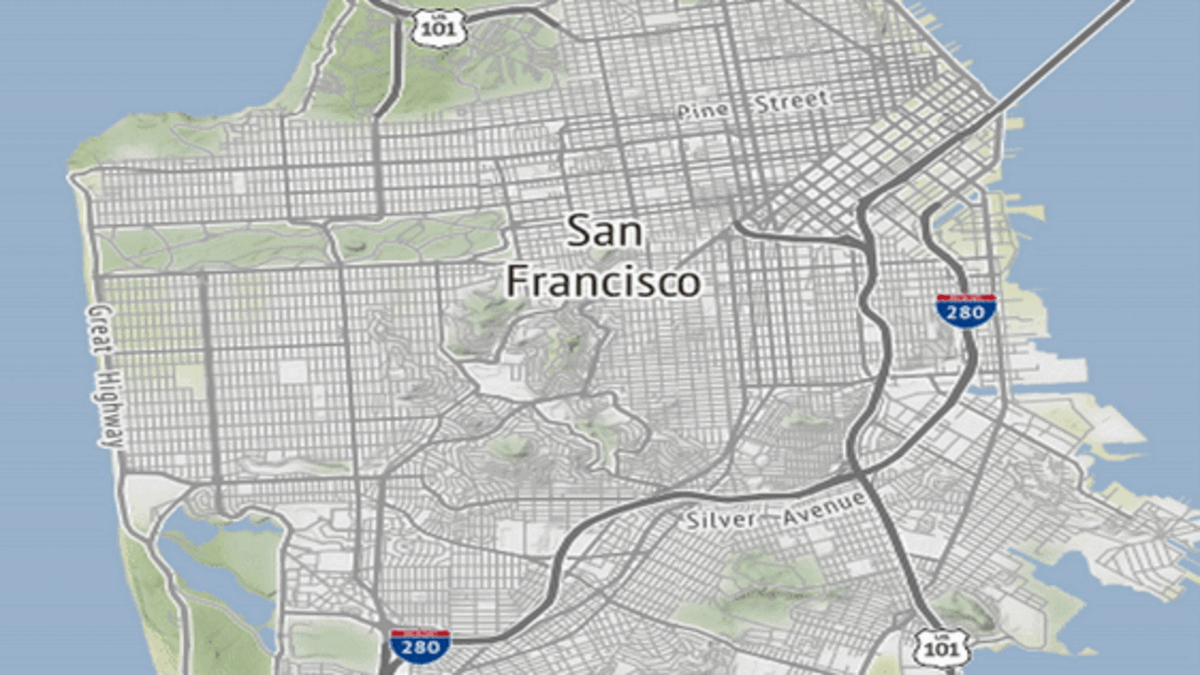Industry leader Waymo uses the latest weather research to improve its Waymo Driver.
That weather is one of the biggest disruptive factors for autonomous driving and for the vehicle’s sensors. Rain, fog or snowfall can impair the perception of the sensors. Waymo recently stated that the Waymo Driver is affected by the reflections on wet roads, the condensation on the disc, the sensor pollution and the slippery streets reacted.

A time-lapse of fog in San Francisco on August 17, captured by Waymo’s fleet of autonomous vehicles. Source: Waymo.com
Waymo has developed hardware that detects raindrops and their absence. Dust, snow or sand is measured with the laser. In this way one obtains reliable data for limited areas, which are collected by the vehicles. Waymo also developed a quantitative metric for meteorological visibility from this.
The local limitation of weather conditions, which can be different a few meters away due to the difference in altitude, for example, makes the difference. Waymo gives as an example the difference between the san francisco International Airport and the Sunset District. This precision is usually not given with weather data sets from satellite images and weather radars. Due to the large number of measuring points, Waymo can even show a fog map, because Waymo’s robot cars find out where it starts and where the weather is getting worse.
In the simulation, the vehicles can be trained for the various weather conditions. With this realistic weather data, the driving characteristics can be better adjusted. For the commercialization means longer uptime and more effective expansion into new territories. The findings should flow into the area of freight transport in particular.